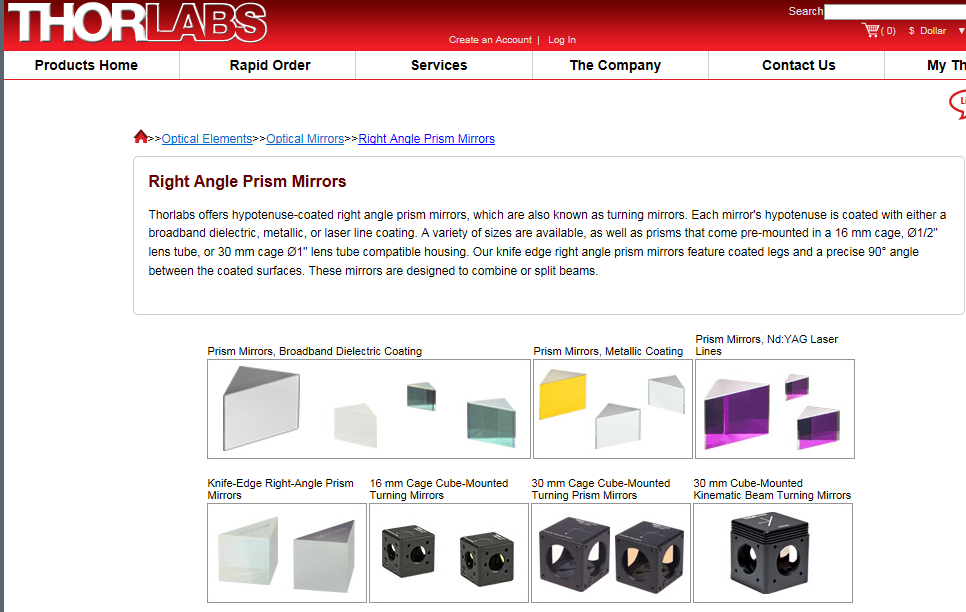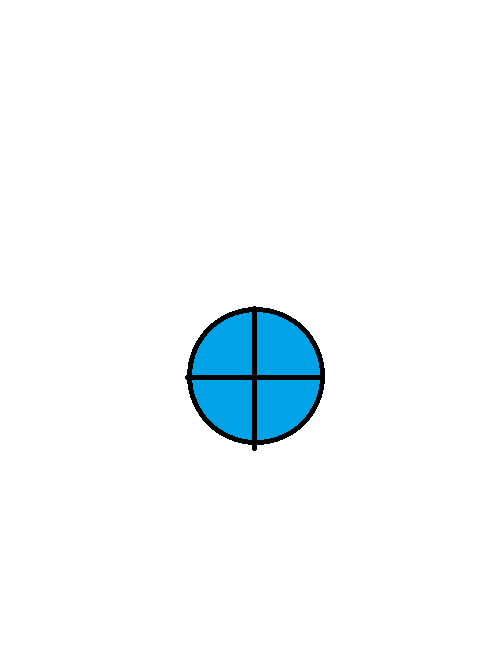Community Tip - Did you get an answer that solved your problem? Please mark it as an Accepted Solution so others with the same problem can find the answer easily. X
- Community
- Creo+ and Creo Parametric
- Customization
- Re: Optics Query - Off Topic
- Subscribe to RSS Feed
- Mark Topic as New
- Mark Topic as Read
- Float this Topic for Current User
- Bookmark
- Subscribe
- Mute
- Printer Friendly Page
Optics Query - Off Topic
- Mark as New
- Bookmark
- Subscribe
- Mute
- Subscribe to RSS Feed
- Permalink
- Notify Moderator
Optics Query - Off Topic
Sorry for the Off-Topic nature of this query, but I seem to remember that there are few Optics Experts on this exploder.
We have a light source that produces a finely-focussed line of LED light. The system comprises a light source with its large heatsink and a pretty standard looking C-mount lens that screws into the end. Adjusting the focus of the lens changes the sharpness of the line.
If I remove the lens and shine the light source onto a sheet of paper, I see a circular pattern of 4 quadrants of blue light, divided by a dark cross.
In our application, we would ideally like to bend the light so that the line is projected onto a surface at 90 degrees to the axis of the light source.
If I fit a C-mount prism in place of the lens, and screw the lens onto the output side of the prism, will I get that same sharply-focussed line?
Or, do I have to fit the prism after the lens?
My Secondary School physics from 40 years ago has rather let me down, so I need help.
I can't even see how a dark cross gets transformed into a bright line. Must be magic...
Cheers,
John
This thread is inactive and closed by the PTC Community Management Team. If you would like to provide a reply and re-open this thread, please notify the moderator and reference the thread. You may also use "Start a topic" button to ask a new question. Please be sure to include what version of the PTC product you are using so another community member knowledgeable about your version may be able to assist.
- Labels:
-
General
- Mark as New
- Bookmark
- Subscribe
- Mute
- Subscribe to RSS Feed
- Permalink
- Notify Moderator
John,
Without knowing all the bits and bobs of the design, and if by Prism you mean the old standard of separating the wavelengths... My guess is no, you will not get the same sharp line. I think you will lose some by attenuation through the prism, then the same when transferring back into the lens at the end. Then, trying to focus all that back to a sharp line may be tough.
You said you see four distinct "circles" of blue with the raw LED? Are you using an RGB mix or combo UV, Near UV, coated etc..?
- Mark as New
- Bookmark
- Subscribe
- Mute
- Subscribe to RSS Feed
- Permalink
- Notify Moderator
If you use total internal reflection this is not a theoretical problem - this is commonly used in Twin Lens Reflex cameras and telescope eyepieces; similarly in penta-prisms in SLRS. Unlike mirrors, prisms don't gather dust or corrode easily.
The practical problem is that a prism that is large enough could increase the length of the light path too much for the lens you have to focus correctly. It it is, then you will need a larger prism and put it after the lens.
You can try a simple first-surface mirror in place of a prism to see if there is room.
Do you have a part number for the lamp and lens?
- Mark as New
- Bookmark
- Subscribe
- Mute
- Subscribe to RSS Feed
- Permalink
- Notify Moderator
Don't use a prism, use a mirror. Thor Labs has what you need.

C-mount adapters to ThorLabs 1" tubes (1.035 x 40 tpi) can be had from Edmund Optics

- Mark as New
- Bookmark
- Subscribe
- Mute
- Subscribe to RSS Feed
- Permalink
- Notify Moderator
Ah!
Let down by terminological inexactitude.
I think I was actually referring to a cube-mounted turning prism mirror.
The lamp concerned is a Opto-Engineering LTPRXP-B.
The lens unit is Fujinon HF12.5HA-1B.
The image we see when we point the lamp at a sheet of paper with the lens removed is like the attached picture
When I look at the lamp (switched off), I see a distinct line running across the glass. No LEDs are visible. I cannot see anything beyond the glass, although it does appear transparent.
The more I describe this, the more it does sound like magic!
John
- Mark as New
- Bookmark
- Subscribe
- Mute
- Subscribe to RSS Feed
- Permalink
- Notify Moderator
Sounds like a reticle where the blue is a diffusion surface.
Your image should come out the same on the other side. Just add it to the focal length. I would try the mirror after the lens first.
- Mark as New
- Bookmark
- Subscribe
- Mute
- Subscribe to RSS Feed
- Permalink
- Notify Moderator
I'd suggest contacting Opto-Engineering. I looked at their site and the lamp you have has dozens of variations. The lens isn't anything special, not a cylindrical/line forming lens. O-E does express how much better their lamp is for line generation than a laser due to better image generation, which seems to be controlled entirely in optics in the lamp and by the scribed pattern.
With some of the lamps they allow the source to tilt to account for at-angle-to-axis surfaces to keep the line in focus.





